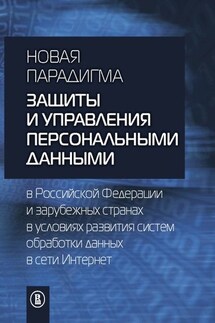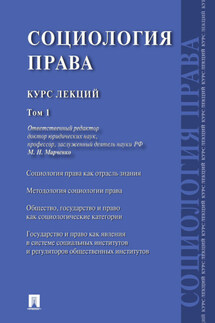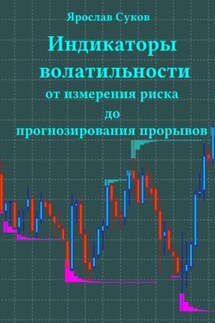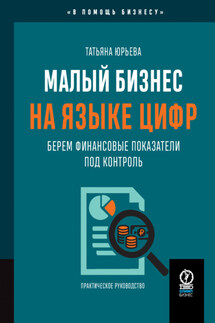Краудфандинг как инструмент инвестиционных возможностей и демократизации финансирования малого и среднего бизнеса - страница 2
The total value of alternative financing transactions in 2020 was $6.1 billion, of which $5.2 billion came from equity crowdfunding. The shares of the European, American and Chinese alternative financing markets in 2020 amounted to 38 %, 20 % and 19 % of the global market, respectively. In the US, in 2020, the amount of financing through this instrument was 105 % higher than in 2019, and the number of new companies financed exceeded the level of 2019 by 91 %.
According to Facts & Factors, the volume of the global crowdfunding market was about $13.5 billion in 2021 and is projected to grow to about $28.2 billion by 2028. At the same time, the compound annual growth rate (CAGR) will be about 11.8 % during this period. North America is expected to grow at the fastest pace, with an annual growth rate of 4.8 %. This is due to the rapid growth in the number of start-ups. According to the results of 2021, the highest share of crowdfunding volume was in Europe – 43.5 %. The Asia-Pacific region is projected to be the largest and most developed, and by 2028 it will account for the largest share of global funding. In 2022, the size of the global crowdfunding market was estimated at $14.9 billion. According to some forecasts, in the period 2021–2026, on average, the annual growth of the crowdfunding market will be 16 %, according to other estimates, it is expected that in the period from 2023 to 2030 the compound annual growth rate will be observed at the level of 16.7 %.
Using traditional sources of capital raising, such as bank loans or venture capital, is difficult for most start-ups and companies in the early stages of their development. Despite the fact that their number is growing at a rapid pace. For example, in India, the number of startups increased from 471 in 2016 to 72,993 as of mid 2022. In the US and Canada, startups account for 17.5 % and 18.4 % of the total number of business entities in these countries, respectively. Startups have raised significant funds to increase their presence in the global market and raise investments in research and development. This rise in startups is expected to further boost the crowdfunding market as a more attractive funding mechanism for such firms. Alternative methods of financing, such as crowdfunding, allow such companies to raise funds from a large number of both individual and institutional investors, professional and non-professional investors. Potential investors put money in those companies and projects that they trust. This is especially true during periods of crisis when traditional sources of financing are practically unavailable. The lack of liquidity affects all participants, including governments, financial institutions, and companies. A typical example of such a situation was a pandemic. During the COVID-19 pandemic, most traditional investors in non-traded companies, such as venture capitalists, have reduced their investments and the number of companies in their portfolios by at least half, while the volume of equity crowdfunding has increased, spreading the amount of investments among a large number of investors.
The study of the motives of issuers using the equity crowdfunding mechanism, the reasons why investors choose the shares of companies on crowdfunding platforms, factors of success of companies at crowdfunding platforms is important, both from an academic and practical perspective. Risks for investors and ways to reduce them are also relevant to study. These issues are in the focus of attention of both regulators and market participants in different countries. The subject of many studies is the specifics of the regulation of crowdfunding, the approaches of regulators to the establishment of rules and regulations regarding this financial instrument.










